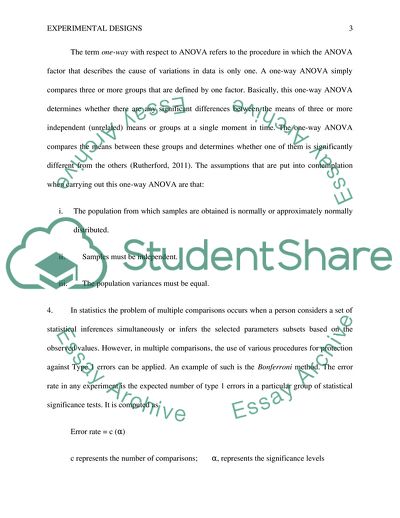Cite this document
(Experimental Designs Questions Assignment Example | Topics and Well Written Essays - 2000 words, n.d.)
Experimental Designs Questions Assignment Example | Topics and Well Written Essays - 2000 words. https://studentshare.org/statistics/1802365-experimental-designs-i
Experimental Designs Questions Assignment Example | Topics and Well Written Essays - 2000 words. https://studentshare.org/statistics/1802365-experimental-designs-i
(Experimental Designs Questions Assignment Example | Topics and Well Written Essays - 2000 Words)
Experimental Designs Questions Assignment Example | Topics and Well Written Essays - 2000 Words. https://studentshare.org/statistics/1802365-experimental-designs-i.
Experimental Designs Questions Assignment Example | Topics and Well Written Essays - 2000 Words. https://studentshare.org/statistics/1802365-experimental-designs-i.
“Experimental Designs Questions Assignment Example | Topics and Well Written Essays - 2000 Words”. https://studentshare.org/statistics/1802365-experimental-designs-i.


